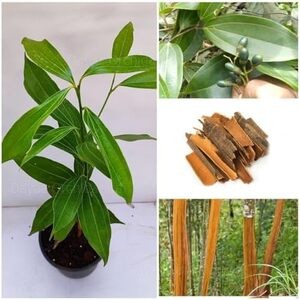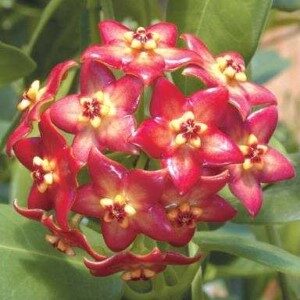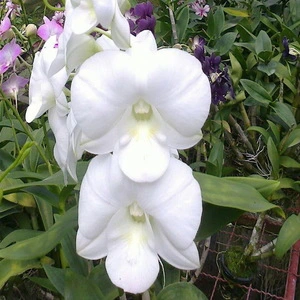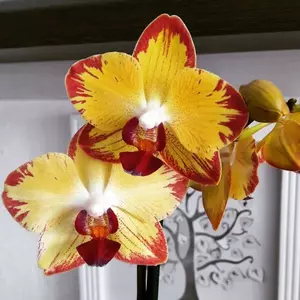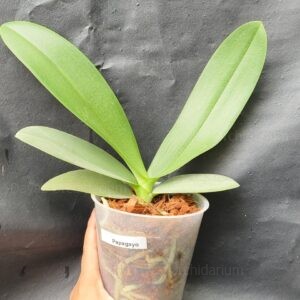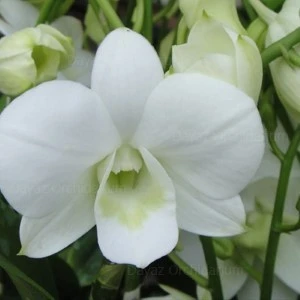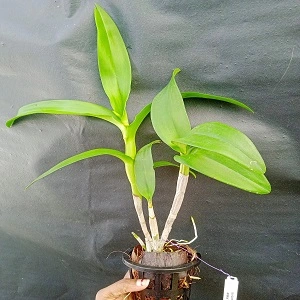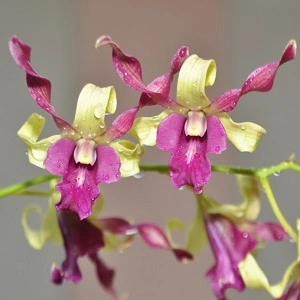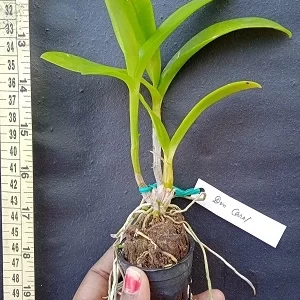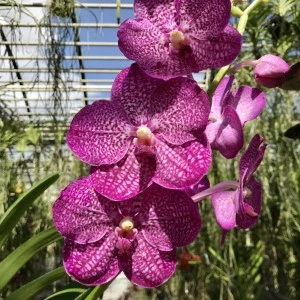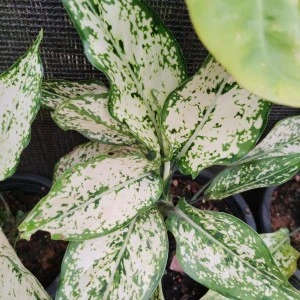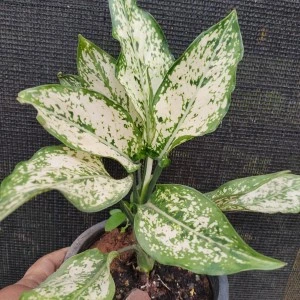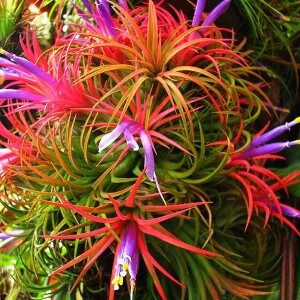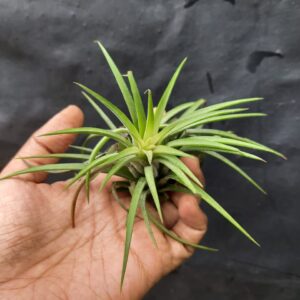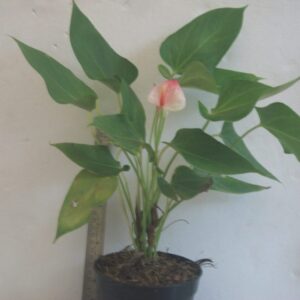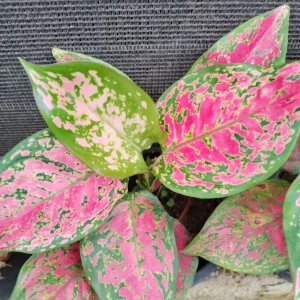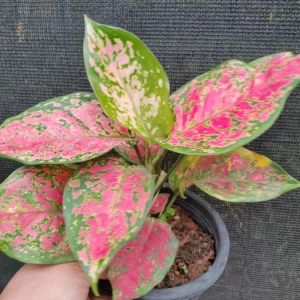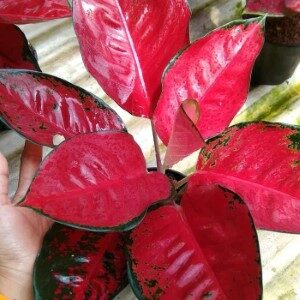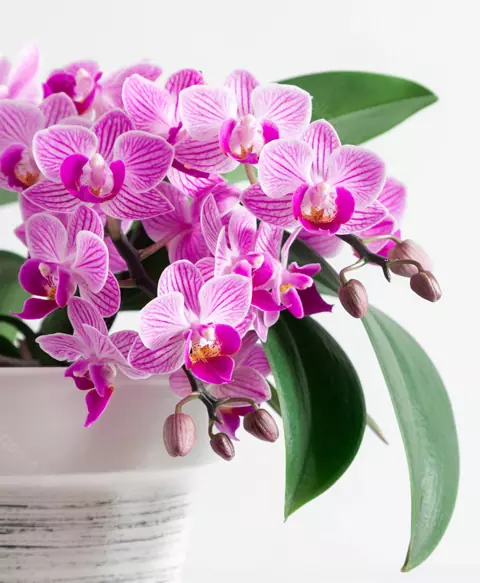The cinnamon plant, known scientifically as Cinnamomum verum (also called Cinnamomum zeylanicum), is a tropical evergreen tree native to Sri Lanka and southern India. It is well-known for its aromatic bark, which is harvested and used as a spice.
The inner bark is the part used to produce cinnamon. Harvesting involves stripping the bark from young shoots, which is then dried to curl into the familiar cinnamon sticks (quills) or ground into powder.
Cinnamon thrives in tropical climates with rich, well-drained soil and requires regular rainfall. It prefers partial shade and can be grown from seeds or cuttings.
Ceylon Cinnamon (Cinnamomum verum): Often referred to as “true cinnamon,” it has a sweeter, more delicate flavor and is considered of higher quality.
Cassia Cinnamon (Cinnamomum cassia): More commonly found in markets, it has a stronger flavor and is less expensive but can contain higher levels of coumarin, which may be harmful in large quantities




